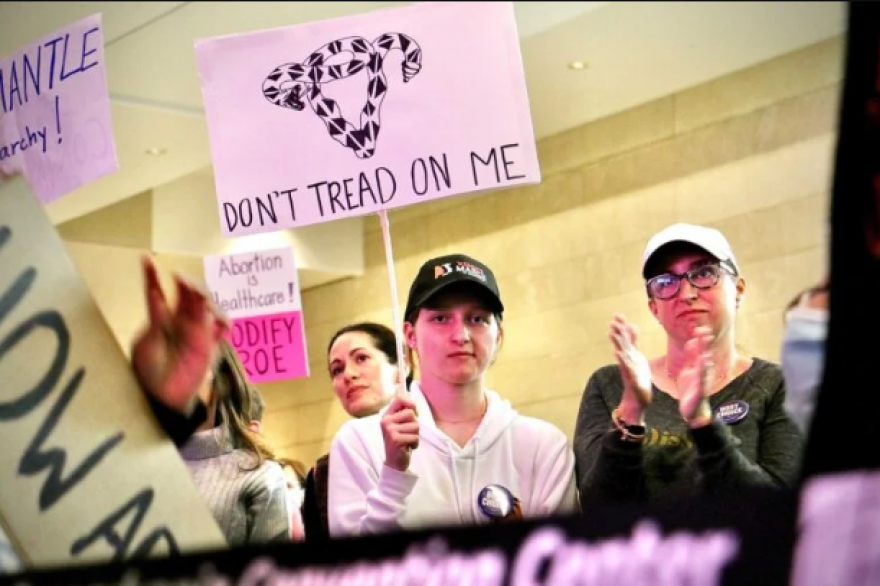The upcoming elections in Pennsylvania could significantly influence the future of abortion access in the state. Following the United States Supreme Court’s decision to overturn Roe v. Wade in 2022, control over abortion laws has shifted to individual states. Since then, 19 states have enacted bans or restrictions on abortion earlier in pregnancy than previously permitted under Roe. However, for now, abortion remains legal in Pennsylvania up to 24 weeks of pregnancy, with provisions for longer access when the mother’s life is at risk. The political landscape, particularly the outcomes of upcoming elections, may change this status.
Anti-abortion activists are strategizing to amend the state constitution to explicitly ban abortion. Currently, Pennsylvania’s constitution does not explicitly protect or prohibit abortion, although the Pennsylvania Supreme Court has interpreted the Equal Rights Amendment as safeguarding abortion rights. In a recent ruling, the court indicated that denying funding for abortion procedures likely violates the state constitution. The last significant attempt to amend the constitution came from State Representative Donna Oberlander, who proposed a bill to clarify that “there is no right to abortion or funding for an abortion.”
Amending the constitution presents challenges. Such a change would require a two-thirds majority in both legislative chambers across two consecutive sessions, followed by a referendum. In the meantime, legislation aiming to restrict abortion could still be introduced, despite the current split legislature. Specifically, bills could limit abortions after a fetal heartbeat is detected or ban the procedure in cases of Down syndrome diagnoses.
The path to passing such legislation hinges on the outcomes of the elections scheduled for November 2026, when the entire Pennsylvania House of Representatives and half of the state Senate will be up for grabs. The Republican Party currently holds a slim advantage in the state Senate, while the House is nearly evenly split. If Republicans gain control of the House, they could push through restrictive abortion legislation, contingent upon retaining the Senate majority.
The role of the governor is also crucial. Current Governor Josh Shapiro, a Democrat, supports pro-choice policies, making it essential for anti-abortion activists to capture the executive branch in addition to legislative control. Republican candidate Stacy Garrity, the state treasurer, is running for governor, having previously taken an anti-abortion stance. However, her recent statements suggest a more moderate approach, leading to skepticism among pro-choice advocates regarding her commitment to preserving abortion rights.
Court challenges would likely arise if legislation restricting abortion passes. The Pennsylvania Supreme Court currently has a Democratic majority, which has previously upheld abortion access as a constitutional right in the case of Allegheny Reproductive Health v. Pennsylvania Department of Human Services. This ruling established a high standard for any potential restrictions on abortion. With three justices facing retention votes this year, their positions could be pivotal if anti-abortion legislation is passed.
The stakes are high, with significant financial and political investments in this election cycle. Both parties are mobilizing resources, with the Democratic National Committee reportedly allocating hundreds of thousands of dollars to safeguard the pro-choice majority. Despite these efforts, polling data presents a mixed picture. According to a Franklin and Marshall College poll, justices seeking retention appear to hold leads among likely voters, while other polls suggest that Shapiro remains a popular figure with a strong approval rating.
As the elections draw nearer, the landscape surrounding abortion access in Pennsylvania remains dynamic. Both parties are preparing for what could be a pivotal moment in the state’s legislative history, with implications that could resonate far beyond Pennsylvania’s borders. The unfolding political narrative will determine whether abortion access remains secure or faces significant challenges in the coming years.



































































